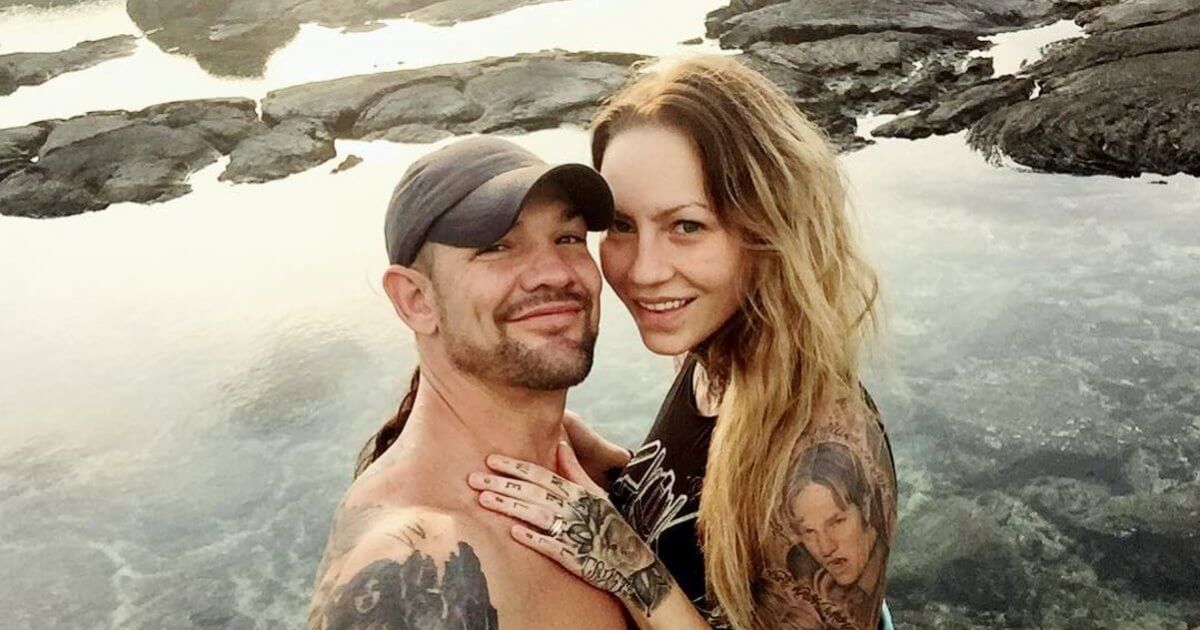After a loved one dies of cancer, close family and friends often grieve in a number of different ways. For Jamie Chapman, Beth Chapman’s daughter in law who married Beth’s son Leland, that includes reminiscing on some of the beautiful moments she shared with Beth.

 In the lead-up to Beth’s memorial, Jamie posted a really personal image of a card that Beth wrote her one Mothers Day, expressing her love and gratitude that Jamie was in her life. Beth signed the card “Mom.”
In the lead-up to Beth’s memorial, Jamie posted a really personal image of a card that Beth wrote her one Mothers Day, expressing her love and gratitude that Jamie was in her life. Beth signed the card “Mom.”Jamie captioned the post by talking about her decision to go public with the rare image of Beth’s scrawl, and why posting the photo meant so much to her. “I have debated over & over whether to share this or not. This is personal to me. Really, it's the most personal piece of her that I have besides my memories and photos. I know she took the time to find this card. You can tell as you read it,” reads the very personal post.
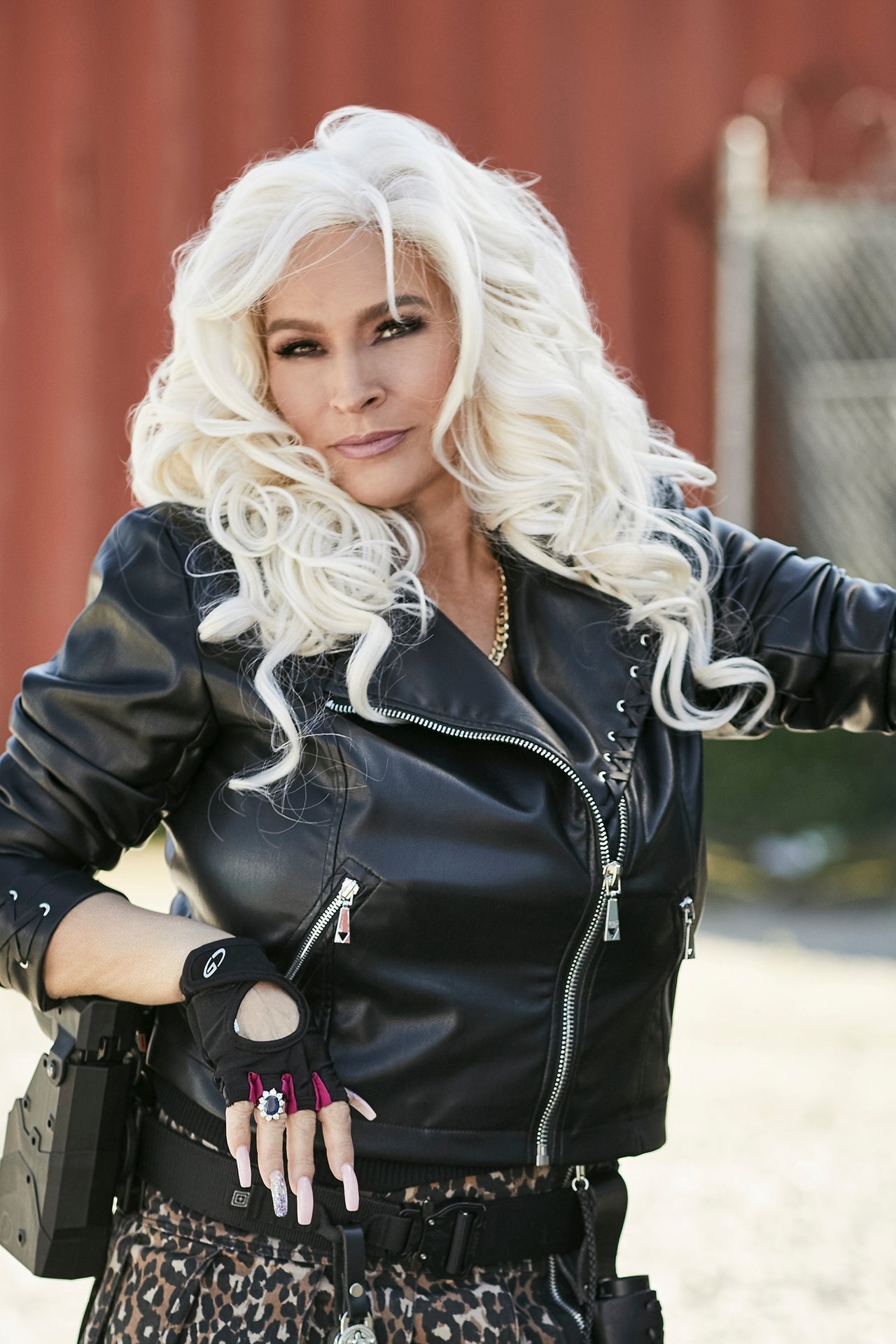
She also said that the card brings her back to Beth’s voice, and makes her tear up with gratitude over all that Beth gave her while she was alive. “Let me say, this card means the world to me in ways no one will understand…but she does. Honestly, I think I've read this card 2-3 times a day since she gave it to me. Today as I'm reading it, it's hitting me differently due to it being my Anniversary. You know, sometimes when I read it I swear I can hear her voice reading the card with me. Then I start crying. No matter how rocky our start was, we sure did make a beautiful finish. I will always love him Beth. I'll always take care of him, and do right by him. Thank you for the impact on raising the man I fell in love with 4 years ago. Love you Mom #2.”
Jamie also posted a photo of the beautiful orange and yellow Colorado sunset, much like Beth’s children Bonnie, Cecily and Lyssa, who have also recently posted photos of the gorgeous sunset, and whose photos have received a lot of comments about Beth smiling down on the family from the heavens.
These aren’t the first posts that Jamie has shared about her beloved mother-in-law. She also shared an Instagram about her earliest experiences with Beth. She said that some of those early moments were pretty difficult, and that Beth could be a little tough on her. “Beth taught me my first tough love experience when I joined the family. As we know, sometimes when Mrs. C shows tough love, she can throw in a few extra punches just for good measure.”

But that no matter what, she felt welcomed into the Chapman crew. “Through it all, she still told me I had a place in this family and I didn't need to fight for it. I needed that. And in this moment I realized how much I was going to need her in my life.⣔
She explained a little bit of the back-story behind the photo of her and beth at the counter, deep in discussion. “This photo was taken when she said that to me. I was glad @janebond2.0took this photo. I kept it hidden away, and many times since then I'd look back at this photo just to remember that moment. It still takes my breath away thinking about it. @janebond2.0 knew it too! She knew I'd always want to remember this. I tried so so hard during this moment not to cry. I was trembling to keep the tears back. I replay it in my mind all the time.”
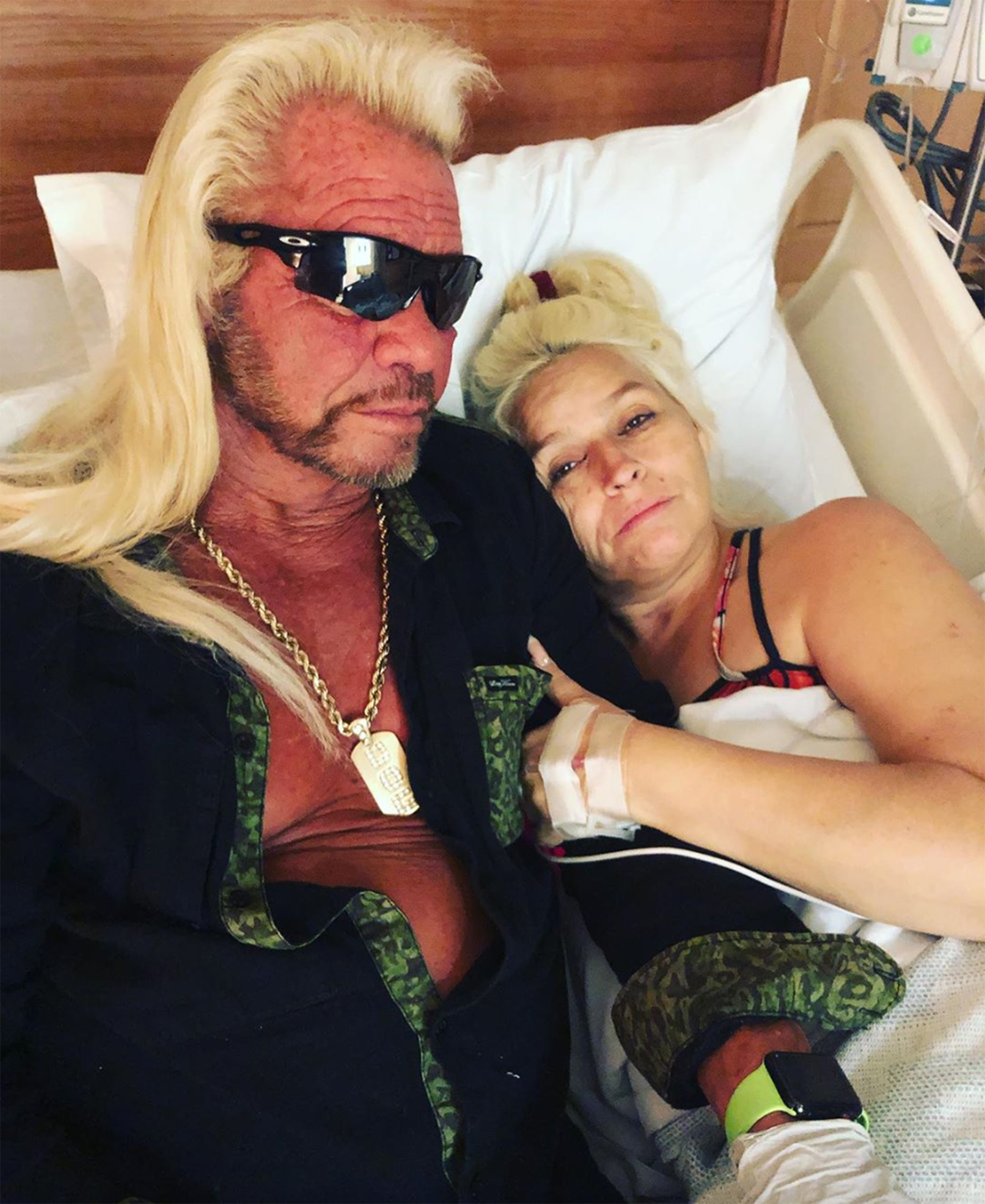
And thanked her husband’s mom for being so encouraging as she made the leap to becoming a Chapman. “So I want to say thank you Beth for being there for me. Thank you for giving me a chance and welcoming me into the family. Thank you for all the guidance you gave to me. There's so much more I'm going to need so It's been hard to come to the realization that I can't pick up the phone and talk to you.”
Mostly, she said she was going to miss her mother-in-law, and that she know she’ll take Beth with her wherever she goes. “You'd always know what to say. That's going to be the hardest part. Thank you for the many fun memories you gave me. Thank you for being my friend. And thank you most of all for making me feel loved. Just thank you for everything. Absolutely everything. I know you're watching over us and will be with us wherever we go, but man I sure do miss you. [broken heart emoji]”
Information about throat cancer
As Beth fought cancer, she left behind behind a legacy of openness and transparency about her diagnosis. Through her social media accounts, her shows, and her Mother’s Day speech at a church in Florida, Beth made clear the pain of living with cancer, her belief in faith to carry her through, and that no one with the disease should be alone or without information about their illness.

In that spirit, we’re providing information about throat cancer. Because paining nails in Beth’s honor is a way to lift the spirits, we’re also providing information about fear and anxiety during cancer, and some of the ways to lift ourselves out of it.
Throat cancer includes any cancer of the pharynx (throat), which is a hollow tube about 5 inches long that starts behind the nose and leads to the esophagus, according to the National Institutes of Health. The throat has three parts: the nasopharynx (the upper part of the pharynx, behind the nose); the oropharynx (the middle part of the pharynx, including the soft palate [the back of the mouth], the base of the tongue, and the tonsils); the hypopharynx (the lower part of the pharynx).
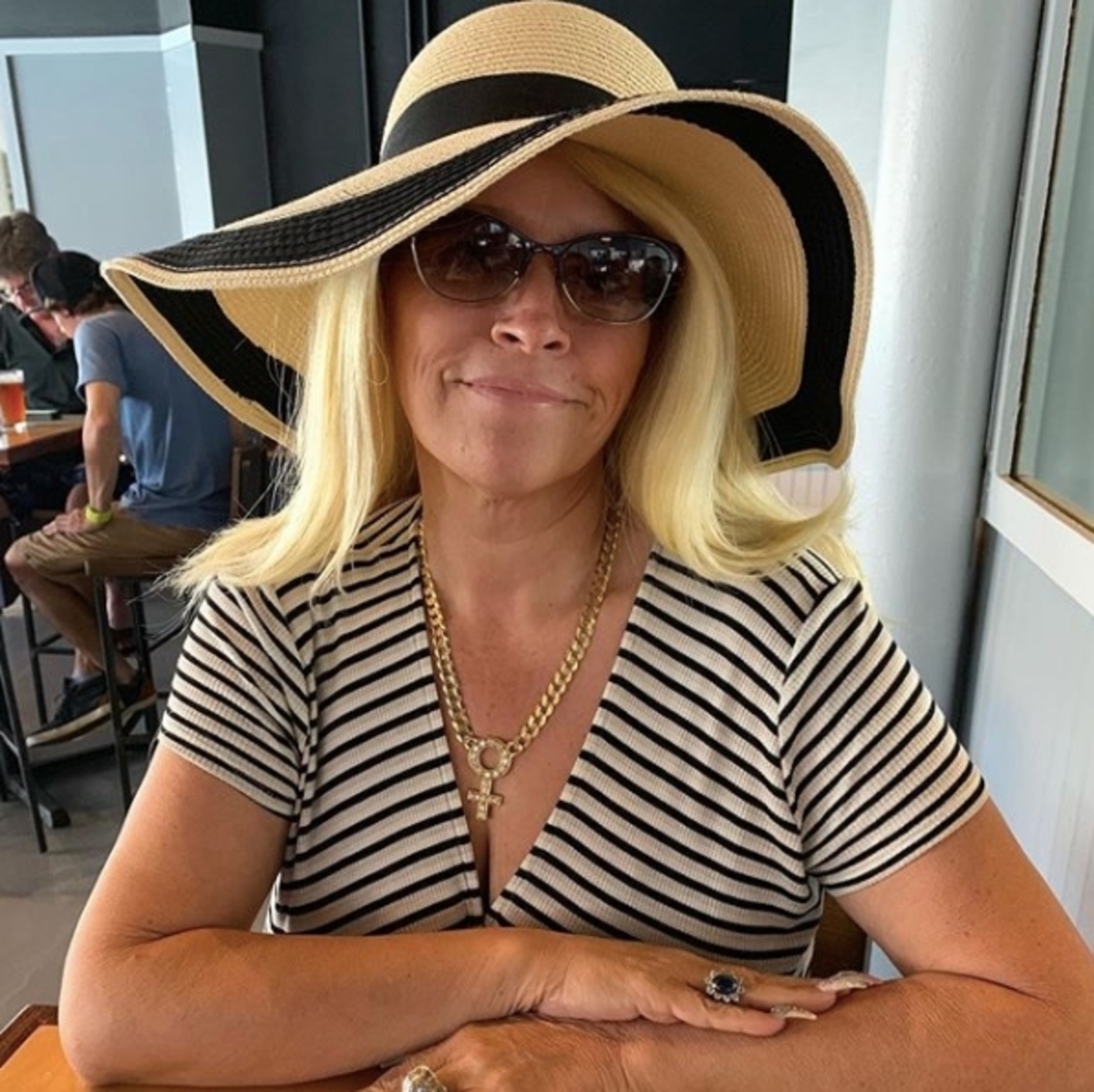
Throat cancer falls under the larger category of “head and neck cancers,” along with cancers of the oral cavity, voice box, sinus and nasal cavity, and salivary glands. Head and neck cancer account for about 4 percent of all cancers in the United States, and are about twice as common among men than they are among women. They are also more common among people over the age of 50 than they are in young people.
The symptoms of throat cancer include trouble breathing or speaking, pain when swallowing, pain in the neck or the throat that does not go away, frequent headaches, pain, or ringing in the ears, or trouble hearing.
Throat cancer is often linked to alcohol and tobacco use, and infection with Human Papilloma Virus (HPV). In the United Staes, even as the incidence of head and neck cancer decreases, the incidence of HPV-linked head and neck cancers is increasing.
It is not yet known whether the Food and Drug Administration-approved HPV vaccines prevent HPV infection of the oral cavity, and none of these vaccines has yet been approved for the prevention of head and neck cancer, according to the NIH, however, they may reduce the risk of HPV-related head and neck cancer.
Information about dealing with fear during cancer
For a lot of people, connecting to someone else with cancer can help with some of the difficult emotions that that can come with the diagnosis. For example, anxiety and fear are totally normal reactions to the news of cancer, and acknowledging these emotions can be therapeutic and important to the healing process.
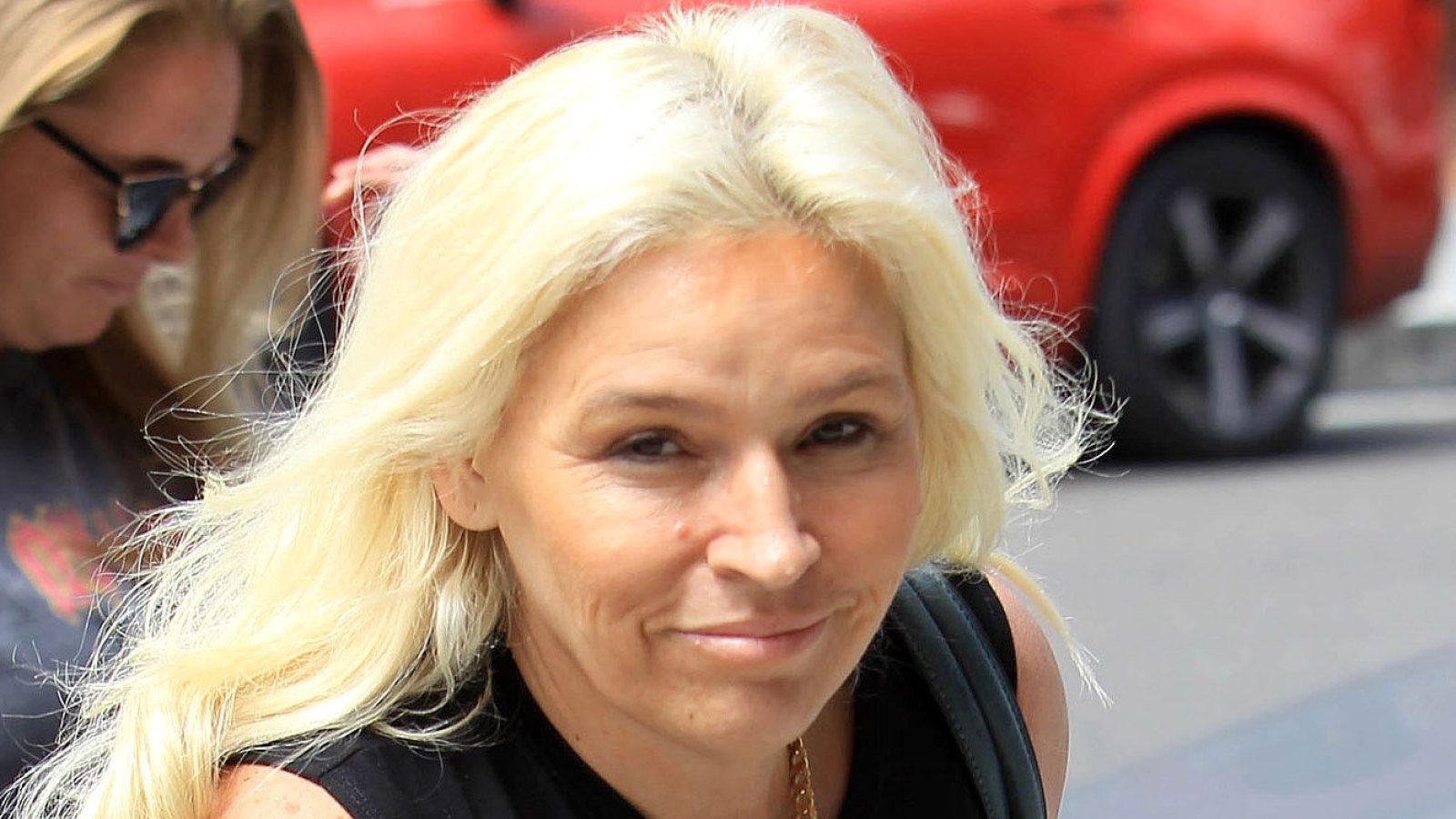
"I think the most important advice I would give to someone who has just received a cancer diagnosis is to find people whom they find as a source of support. To allow themselves to go through all of the different emotional reactions to that news," said Dr. Susan Parons, Director of the Center for Health Solutions/Center on Child and Family Outcomes at Tufts Medical Center, in a prior interview with SurvivorNet. Dr. Parsons did not comment on this case specifically.
"The anger, the frustration, the fear. The disappointment. Whatever those emotions are, figure out what's important to you and find those people that can help you realize that."
Dr. Susan Parons, Director of the Center for Health Solutions/Center on Child and Family Outcomes at Tufts Medical Center on dealing with fear and anxiety after a cancer diagnosis.
In times of frustration, it can be useful to a little bit of direction on specific ways to deal with it. A few of the most common ways to deal with fear and anxiety after a cancer diagnosis, that have helped people in the SurvivorNet community in the past, include:
1. Let your family and close friends know and let them help. So many cancer survivors tell us they want and need support but are often too preoccupied to make specific requests. Urge those close to you to jump in with whatever practical help they can offer.
2. Keep a journal. It can be extremely cathartic to let those feelings loose on paper. Grab a pen and a nice journal and chronical your different thoughts throughout the day.
3. Join a cancer support group. There are groups in nearly every community offering opportunities to connect with others going through a similar journey. You'll learn incredibly helpful insight from others who can tell you about what to expect and how to stay strong on tough days.
4. Consider seeing a therapist. Ask your doctor to refer you to a therapist so you can discuss your fears and concerns in a safe space. Often, vocalizing your thoughts and feelings rather than internalizing them can provide relief.
Learn more about SurvivorNet's rigorous medical review process.

